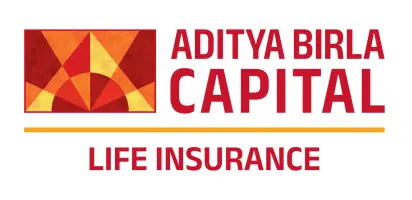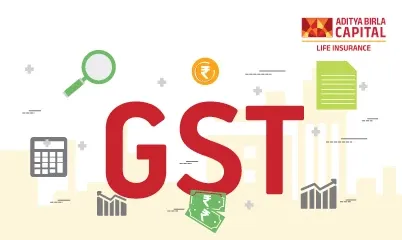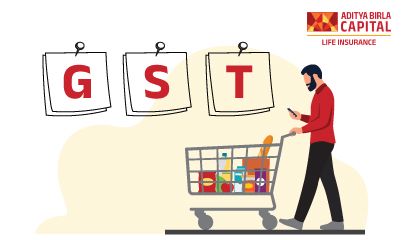Tax On PF Withdrawal - All You Need To Know in 2025
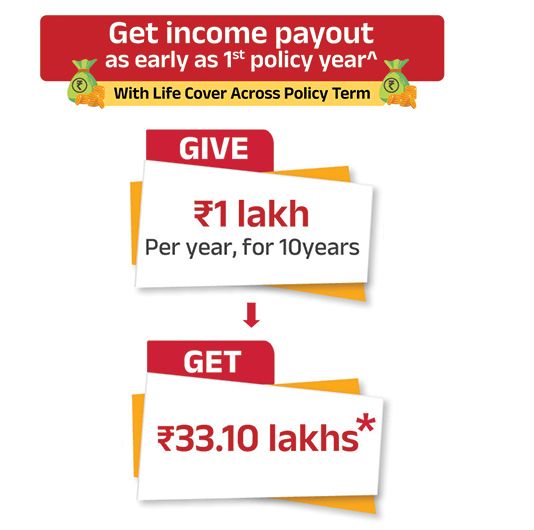
Plan Smarter, Live Better!
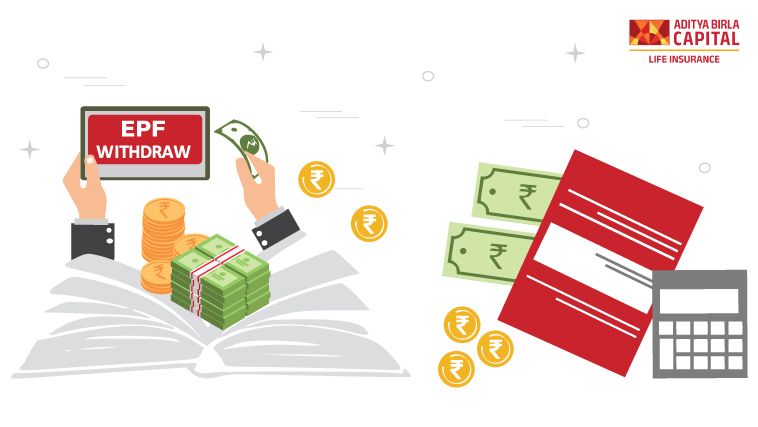
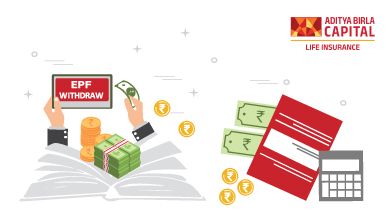
- Table of Contents
FAQs-How are EPF Withdrawals with Taxes
Yes, furnishing PAN is essential for EPF withdrawals, especially for withdrawals before completing five years of service. Without PAN, TDS (if applicable) is deducted at a higher rate.
Yes, the employee's contribution towards EPF is eligible for tax deduction under Section 80C of the Income Tax Act.
Yes, employees can increase their EPF contributions by opting for the Voluntary Provident Fund (VPF), which is over and above the mandatory EPF contribution.
No, the employer’s contribution remains fixed at 12% of the basic salary and dearness allowance, irrespective of the employee’s increased contribution through VPF.
No, you do not need your employer’s permission for EPF withdrawal. However, employer verification might be needed for certain withdrawal claims.
Yes, premature withdrawals from EPF are allowed for specific reasons like medical treatment, education, marriage, home loan repayment, etc., subject to certain conditions.
When you quit or switch jobs, your EPF account remains active. You can either withdraw the amount or transfer it to your new employer’s EPF account.
Yes, EPFO continues to pay interest on your EPF account even after you leave the company, as long as the account is active and not marked as dormant.
To withdraw the maximum amount, you should consolidate or transfer the funds from the old EPF account to the current one and then initiate the withdrawal process.
EPF claims are usually settled within 15-20 days after the claim is filed. The exact time may vary based on the processing speed of the EPFO office.
You can withdraw your EPF balance if you're unemployed for more than two months. However, the withdrawal will be subject to taxes if it is made before completing five years of continuous service.
If your claim is rejected, ensure that the transfer of funds from the previous account is complete and reflects in the current passbook. You may need to follow up with the EPFO or use their grievance redressal system.
You can withdraw up to 90% of the accumulated balance with interest in your EPF account once you reach 57 years (one year before retirement age).
The retirement age for withdrawing the entire EPF amount is 58 years
The nominee or legal heir can file a claim for the deceased employee's EPF amount. They need to submit a death certificate and other relevant documents along with the claim form to the EPFO.
Buy ₹1 Crore Term Insurance at Just ₹575/month1
ABSLI DigiShield Plan
Life cover up to 100 years of age.
Joint Cover Option
Inbuilt Terminal Illness Benefit
Tax Benefit^
Return of Premium Option~
Life Cover
₹1 crore
Premium:
₹575/month1
Most Popular Calculator
ADV/3/23-24/376
